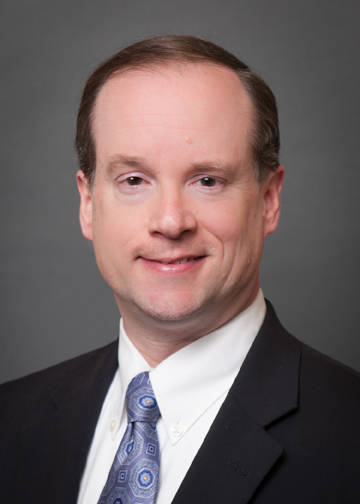While the term “fake news” may be of recent vintage, the phenomenon isn’t. For decades, policymakers in North Carolina and elsewhere have trafficked in poorly understood, misleading, or demonstrably false information — often unknowingly, although that’s bad enough — and made poor decisions as a result.
A new survey from the U.S. Bureau of Labor Statistics exposed one of the most egregious recent examples: the notion of the “gig economy.” For years, we’ve been told that the stable jobs our parents and grandparents once enjoyed are increasingly being replaced by short-term contracts, temp agencies, and the proliferation of independent contractors, many of whom would rather not own their own businesses but are forced to do so by heartless employers and inexorable economic forces.
This is a factual claim, although hard facts have rarely been in evidence. The just-released BLS report represents the first large-scale survey of its kind in more than a decade. It shows that contingent work and independent contracting are not up. They are down.
In May 2017, 1.3 percent of U.S. wage and salary workers reported that they had been in their jobs for no longer than a year and expect to keep their jobs for no longer than an additional year. The latest time BLS asked this question, in 2005, 1.8 percent of respondents fit this definition of contingent workers. In 1995, the share was 2.2 percent.
When BLS broadened the definition to include independent contractors and the self-employed, as well as wage or salary workers who’d been in their current positions for more than a year, the share of contingent workers was 3.8 percent in 2017, 4.1 percent in 2005, and 4.9 percent in 1995. As for “alternative employment arrangements” in general, as BLS defined them, there are fewer independent contractors as a share of the workforce today than in 2005, and about the same number of on-call workers, employees of temp agencies, and people working for contract-services firms.
Obviously, some professions and industries have become more likely to feature contingent workers and alternative arrangements over time, such as personal transportation. Uber drivers, usually working part-time to supplement their salaries from other jobs, have displaced some full-time cab drivers. But other sectors have moved in the opposite direction, toward full-time employment.
Progressive and populist populations have frequently cited the expansion of the gig economy, and its supposedly pernicious effects, as a justification for pet policies ranging from expanding health insurance and job-training programs to strengthening labor unions and restricting international trade.
But it turns out that not only has there been no expansion of the gig economy in the first place, but also many of the millions of people who do work that way actually prefer their current arrangements. Among independent contractors, for example, 79 percent said they’d rather work that way than be a traditional employee. And among temp workers, while a substantial number (46 percent) said they’d prefer a full-time job — and, of course, temp placements often lead in that direction — that’s a lower share than in 2005.
At least in the case of poverty statistics, also fraught with misunderstandings and misinterpretations, politicians have a better excuse: the official statistics are themselves flawed.
Is poverty lower, higher, or about the same today as it was before the “War on Poverty” of the 1960s? If you go by the official measure, there hasn’t been much improvement. But the official measure understates income, overstates inflation, and leaves out public-assistance programs such as Medicaid. Properly measured, the poverty rate is vastly lower today (less than 5 percent) than it was in the 1960s (30 percent).
Whether the subject is employment, poverty, education, or health care, there will never be perfection in public discourse. We are all prone to making errors or missing important details. But at the very least, we should check our sources, define terms more precisely, and be particularly skeptical of gloomy claims about things being worse today than in the past. To be blunt, such claims are usually wrong.
John Hood (@JohnHoodNC) is chairman of the John Locke Foundation and appears on “NC SPIN,” broadcast statewide Fridays at 7:30p and Sundays at 12:30p on UNC-TV.


